Operating Principle of a Boiler
I./Operating Principle of a Boiler and Safety Measures
Operating Principle of a Boiler
A boiler, also known as a steam generator, is a device that converts water into steam using heat generated from fuel combustion. This steam is then used for various industrial purposes such as heating, power generation, and running machinery. Below is a basic overview of how a boiler operates:
-
Fuel and Combustion System:
-
Fuel: Fuel, which can be coal, oil, gas, or biomass, is fed into the boiler's combustion chamber.
-
Combustion: The fuel is burned in the combustion chamber, generating heat. This process requires a supply of air or oxygen to sustain combustion.
-
-
Heat Transfer:
-
Direct Heat Transfer: The heat generated from combustion is directly transferred to water through the heat exchange surfaces of water tubes or steam pipes.
-
Convection and Radiation Heat Transfer: Heat is also transferred via radiation from the flame and convection from the combustion gases.
-
-
Water to Steam Conversion:
-
Water Reservoir: Water is stored in a reservoir and comes into contact with the heat exchange surfaces.
-
Boiling and Evaporation: As heat is transferred to the water, its temperature rises until it reaches the boiling point and begins to evaporate, producing high-pressure steam.
-
-
Steam Collection and Utilization:
-
Steam Collection: The generated steam is collected and directed through steam pipes to various systems for utilization.
-
Steam Use: The steam is used to generate mechanical power, heat, or electricity.
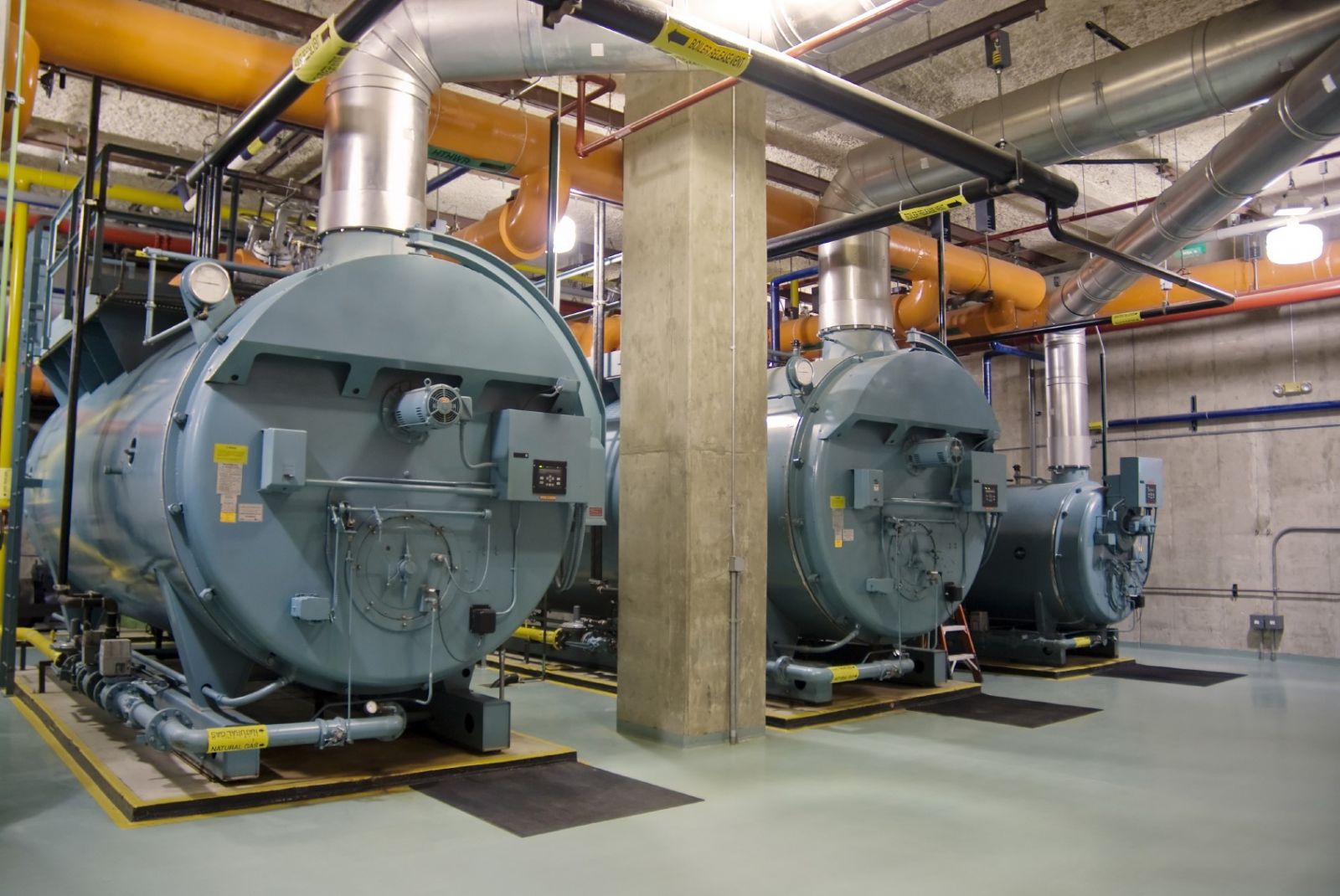
-
II/ Safety Measures for Boilers
Ensuring safety in boiler operation is crucial. Here are several safety measures to protect boiler operations:
-
Pressure Control Systems:
-
Safety Valves: Safety valves are installed to release excess pressure if it exceeds safe levels.
-
Pressure Gauges: These help monitor and ensure pressure remains within safe limits.
-
-
Temperature Control Systems:
-
Temperature Sensors: These monitor the water and steam temperature to ensure it does not exceed safe levels.
-
Thermostats: Automatically adjust the temperature to maintain safe operating conditions.
-
-
Water Level Control:
-
Water Level Alarms: Warn when the water level is too low or too high, preventing damage from water shortage or overflow.
-
Feed Water Controllers: Ensure a continuous and stable supply of water to the boiler.
-
-
Emergency Protection Systems:
-
Emergency Shut-off Systems: Allow immediate shutdown of the boiler in case of emergency.
-
Safety Switches: Automatically cut off power if any faults or hazards are detected.
-
-
Regular Maintenance and Inspection:
-
Routine Maintenance: Regularly inspect and maintain the boiler to ensure all components function properly.
-
Comprehensive Inspections: Perform detailed inspections, including pressure testing, water quality testing, and safety device checks.
-
-
Training and Education of Personnel:
-
Safety Training: Ensure operators are thoroughly trained in safety procedures and boiler operation.
-
Ongoing Training: Provide regular updates and training sessions to keep personnel informed about the latest safety practices and technologies.
-
By implementing these measures, boiler operation becomes safer, reducing the risk of accidents and ensuring efficient production while protecting the health and safety of workers.
Related News
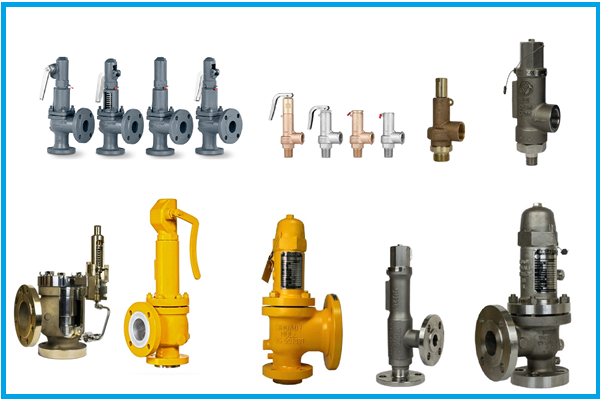
Benefits and uses of safety valves
05/11/2025
Safety valves are essential devices in industrial systems, designed to protect equipment and ensure operator safety. Below is a detailed analysis of the benefits and applications of safety valves.
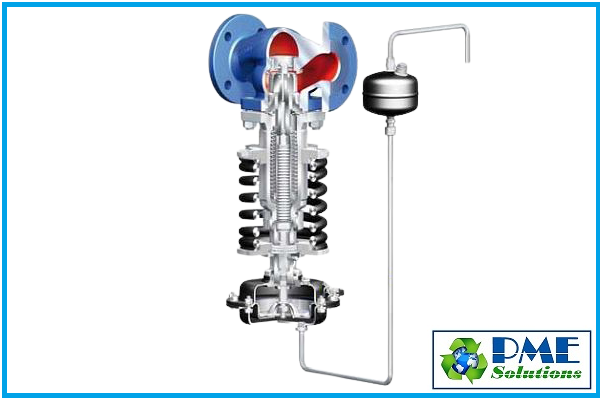
Benefits, Functions, and Applications of Pressure Reducing Valves
05/11/2025
Pressure reducing valves, also known as pressure regulating valves, are critical devices in industrial piping systems that help control and maintain safe pressure levels, protecting equipment from damage due to overpressure. Below is a detailed analysis of the benefits, functions, and applications of pressure reducing valves.
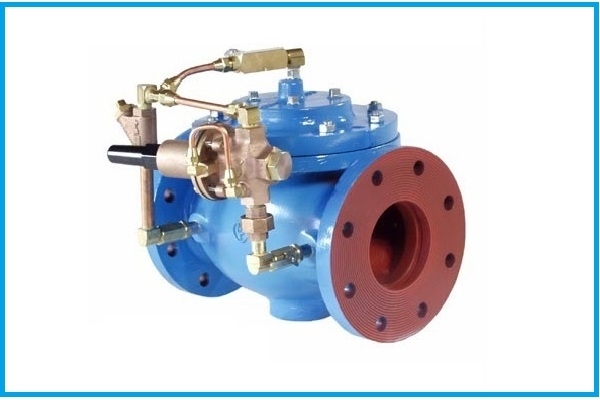
What is a pressure reducing valve? Structure, Operating Principle, Adjustment and Classification of Pressure Reducing Valves.
05/11/2025
Pressure Reducing Valve is also known as pressure regulator, pressure stabilizer, pressure regulating valve, etc. It is a type of industrial valve installed on the pipeline, with the function of reducing pressure and stabilizing output pressure, so that the output pressure is always smaller than the input pressure of the system, helping fluids to be easily transmitted to different devices. but the pressure is not too different.
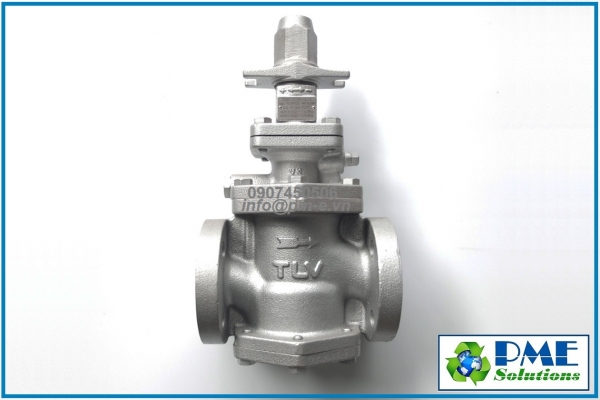
Overview Of Pressure Reducing Valve (Prv)
05/11/2025
A Pressure Reducing Valve (PRV) is a device used to regulate and maintain a constant downstream pressure by reducing high inlet pressure to a safe and stable level. It plays an essential role in protecting piping systems, equipment, and ensuring operational safety from overpressure. PRVs are widely applied in: Steam systems Compressed air systems Water distribution systems Hydraulic and industrial process systems
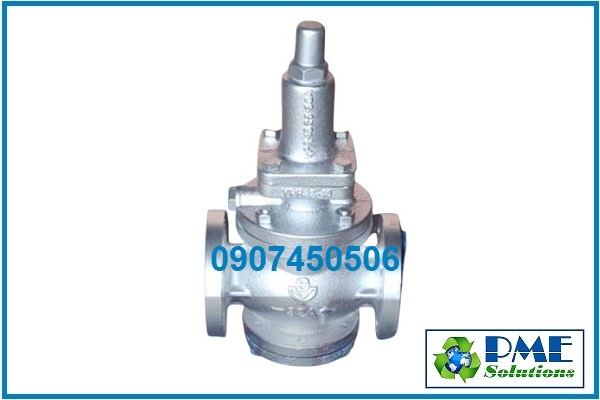
WORKING PRINCIPLE OF SAMYANG PRESSURE REDUCING VALVE
05/11/2025
Samyang pressure reducing valve is an automatic pressure control device widely used in steam, air, water, and hydraulic systems. Manufactured in Korea, Samyang valves are designed to stabilize outlet pressure, protect equipment, and extend the lifespan of piping systems.









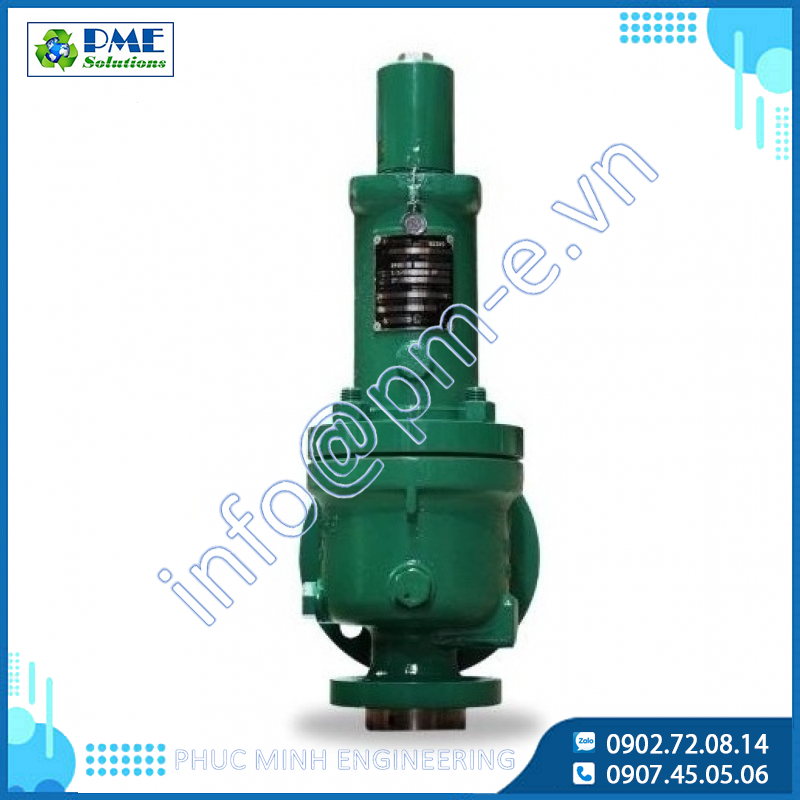
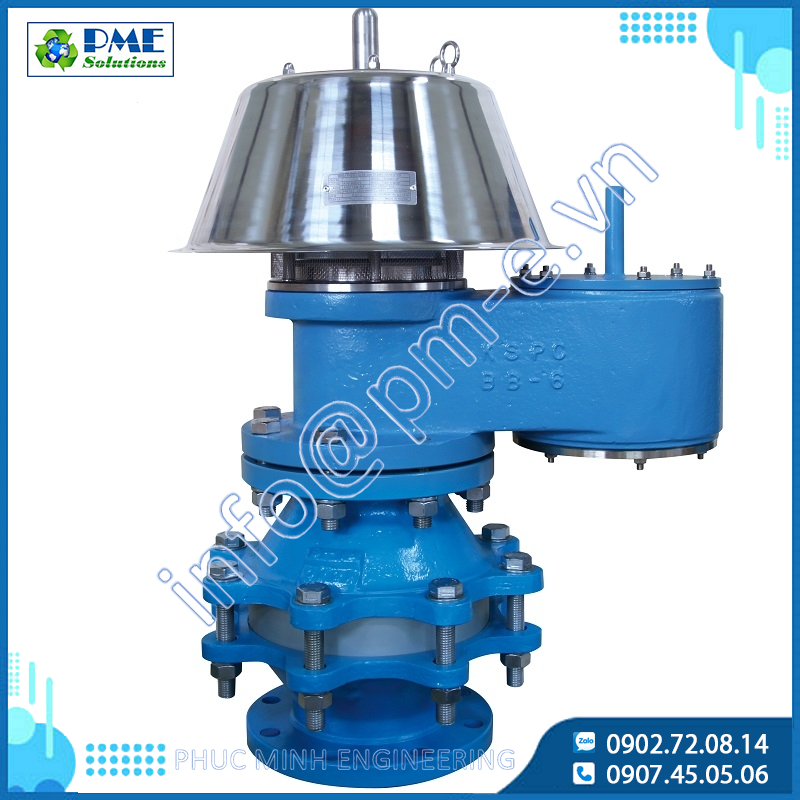
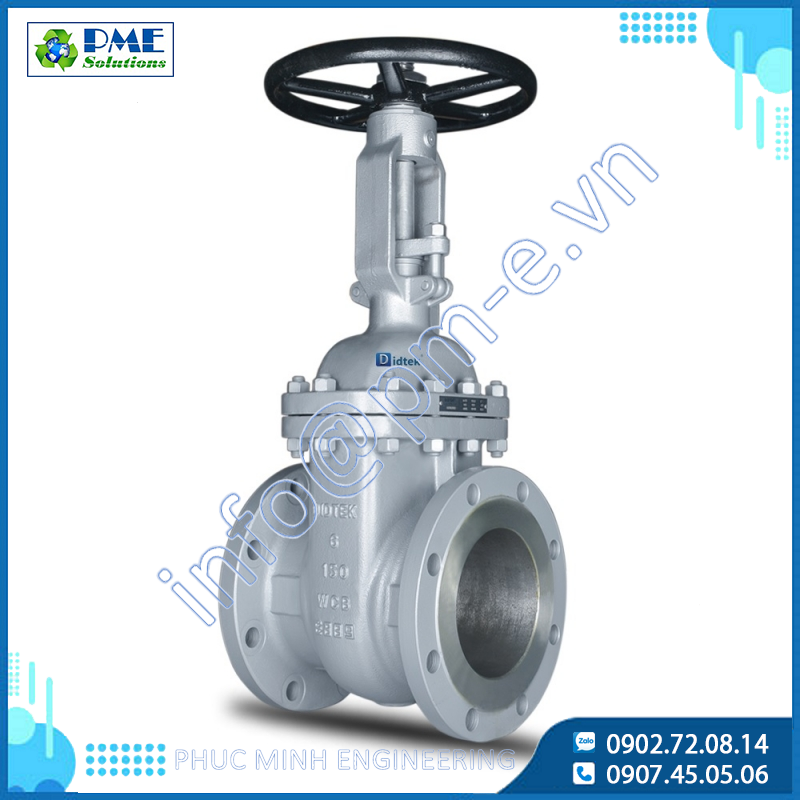
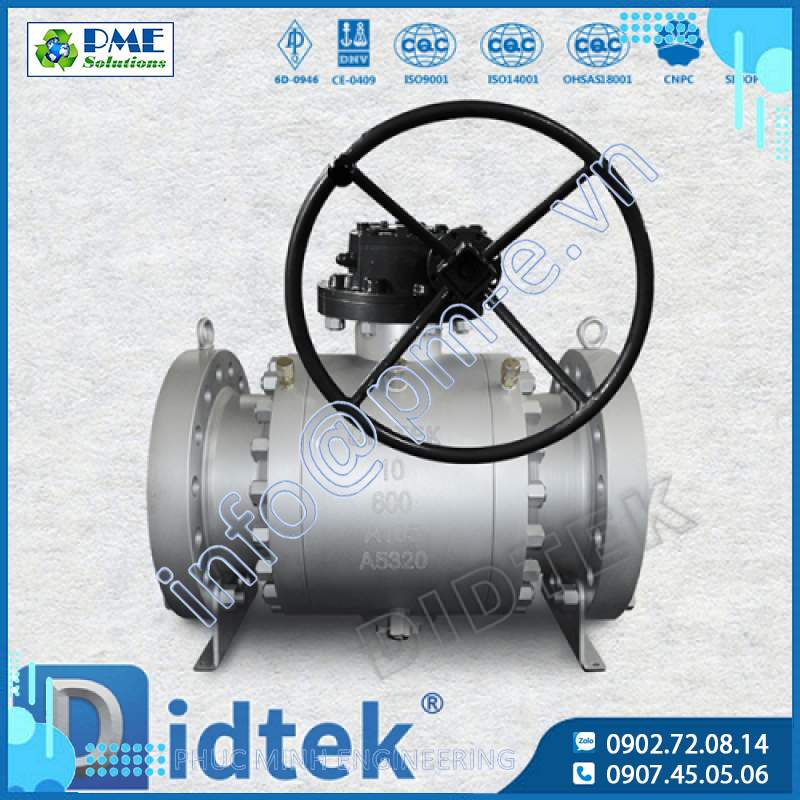
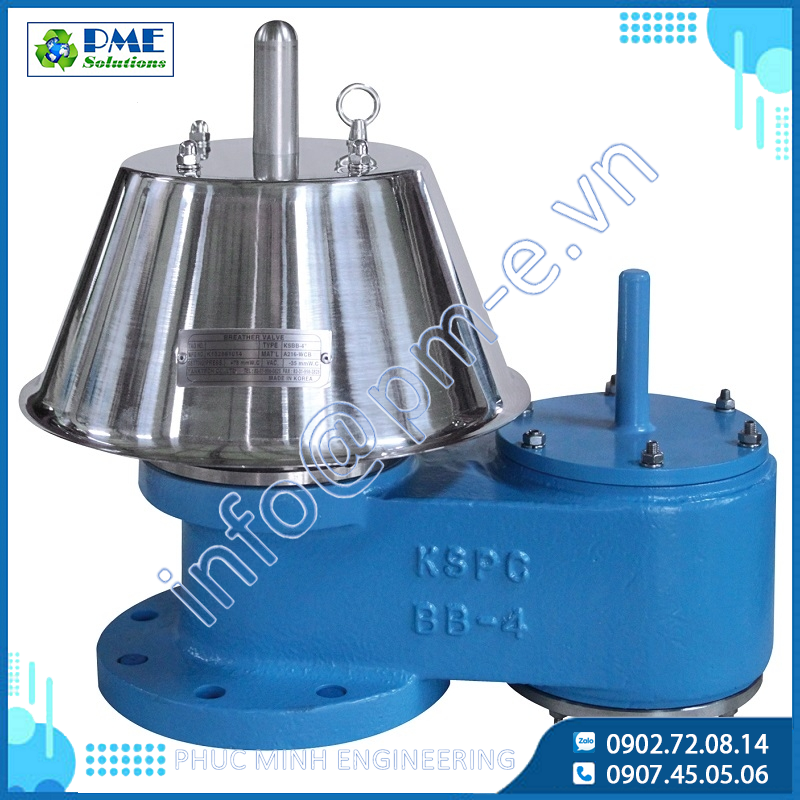


.png)






